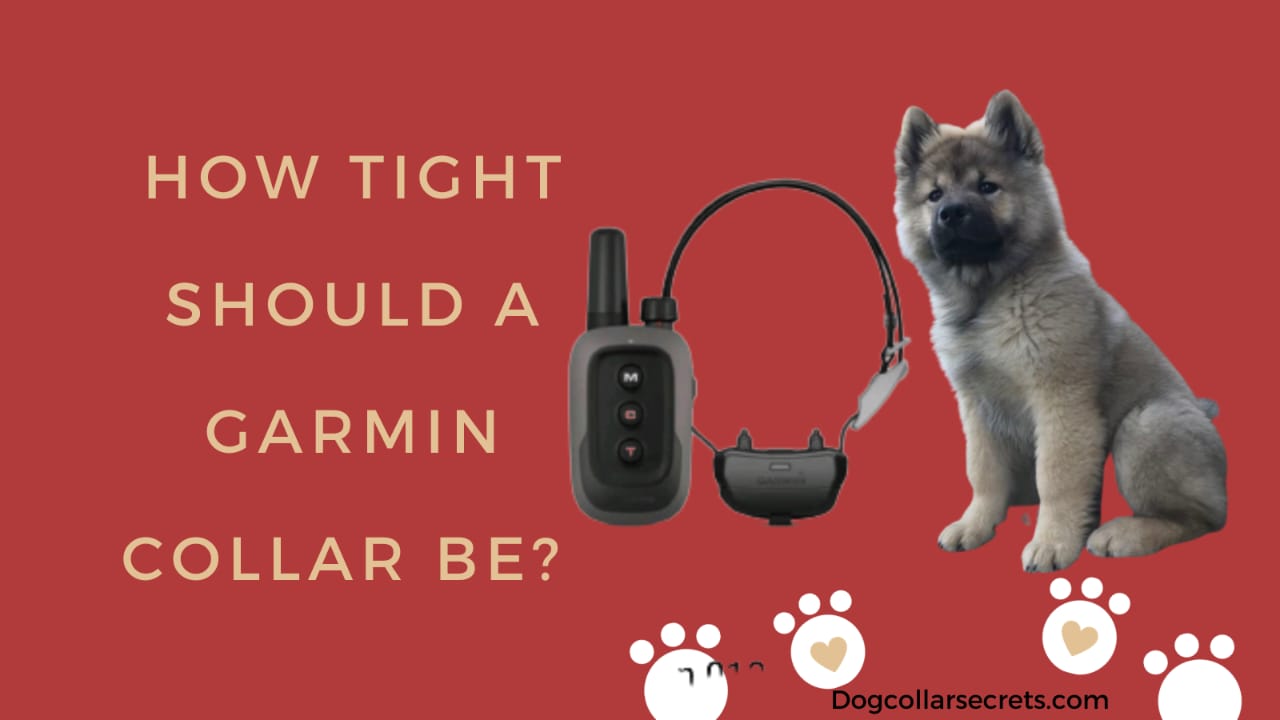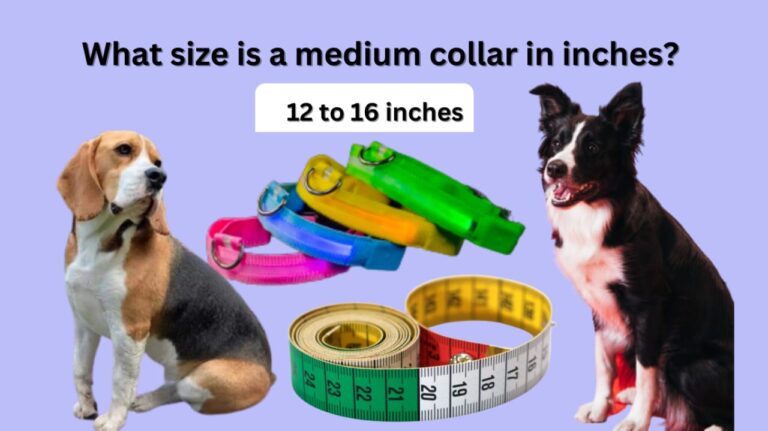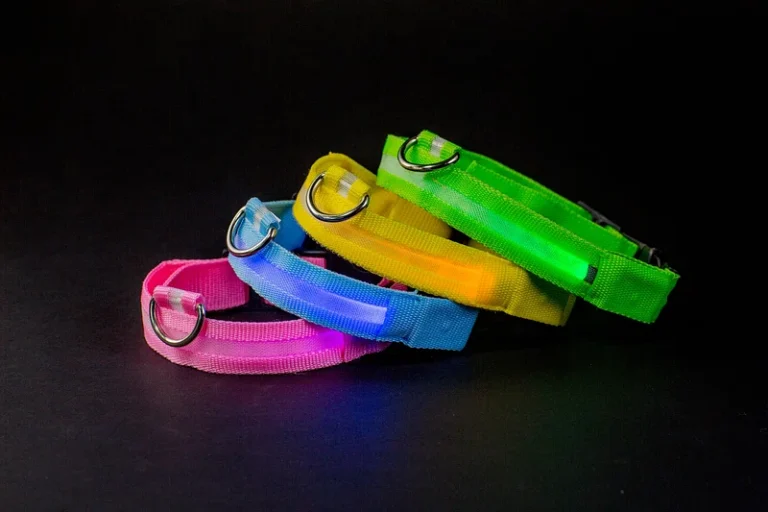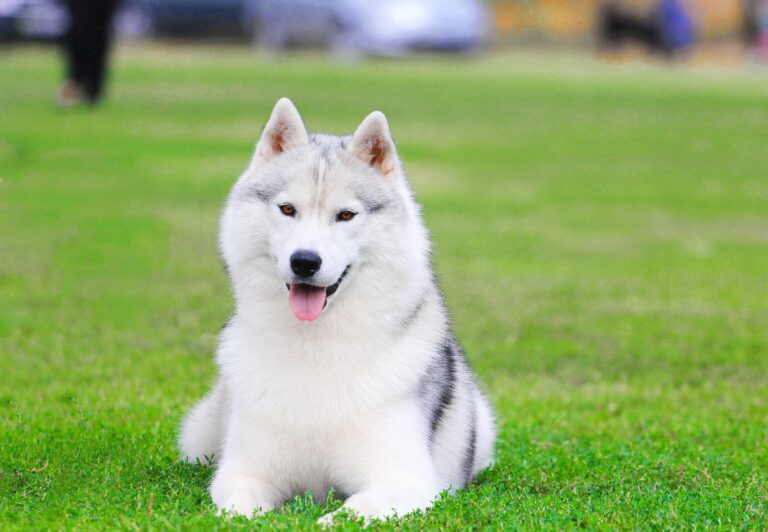Garmin Collars: How tight should Garmin collar be?

How tight should Garmin collar be?
A Garmin collar is a valuable tool for pet owners, often used for tracking and training purposes. When it comes to fitting a Garmin collar on your pet, it’s crucial to find the right balance. You want it snug enough to stay in place and be effective but not too tight to cause discomfort or harm.
How tight should a Garmin collar be? The Garmin collar should fit snugly but not be too tight. To check, use the two-finger rule: Make sure you can comfortably slide two fingers between the collar and your pet’s neck. This way, it won’t be too tight. Your pet should still move its head and neck easily, eat, drink, bark, and breathe comfortably. Keep an eye on the fit and adjust the collar when needed, especially if your pet gets bigger or smaller. These simple steps ensure your pet is safe and comfy while wearing a Garmin collar.
How tight should Garmin collar be?
Six Simple Steps to Properly Fit Your Garmin Collar
Ensuring that your dog’s collar and training device fit correctly is vital for effective training and your pet’s comfort. Here are step-by-step instructions to achieve the right fit:
1. Collar Placement:
Begin by placing the collar around the middle of your dog’s neck.
2. Device Positioning:
Position the training device at the front of your dog’s neck, making sure the status LED faces forward towards the dog’s chin. Ensure that the contact points are in direct contact with your dog’s throat.
3. Bark Correction:
If you’re using the device for bark correction, position the contact points near your dog’s vocal cords. Note that the exact placement may vary depending on your dog’s breed. If the device doesn’t seem to detect your dog’s barks, adjust its position by moving it closer or farther from your dog’s body until you find the ideal spot.
4. Snug Fit:
Tighten the collar strap so that it fits snugly around your dog’s neck, and securely fasten the buckle. The collar should not be able to rotate or slide on your dog’s neck. However, it should not be so tight that it restricts your dog’s ability to swallow food and water. Keep a close eye on your dog’s behavior to ensure that the collar isn’t too tight.
5. Ensure Skin Contact:
Wiggle the device to make sure the contact points penetrate through your dog’s coat and make direct contact with the skin. This is essential for the device to be effective.
6. Adjust Strap Length:
If the strap is too long, trim off the excess, leaving at least 3 inches (8 cm) as spare. You can mark the hole used to fasten the buckle for future reference.
By following these steps, you can ensure that the collar and device fit your dog properly, which is crucial for successful training and your pet’s well-being.
How do I know if my collar is tight enough?
To ensure that your Garmin collar is the right tightness, follow these simple steps:
- Use the Two-Finger Rule: Place two fingers (usually your index and middle fingers) between the Garmin collar and your pet’s neck. If you can comfortably slide these two fingers under the collar, it’s likely tight enough. This ensures that it’s not too loose or too tight, striking a balance for your pet’s comfort.
- Check Mobility: Observe your pet’s movements. They should be able to move their head and neck freely without any restriction caused by the collar. Your pet should also eat, drink, bark, and breathe comfortably.
- Regular Inspections: Periodically check the collar’s fit, especially if your pet is growing or losing weight. Make necessary adjustments to maintain the proper fit over time.
By following these guidelines, you can ensure that your Garmin collar fits correctly, promoting both effective use and your pet’s well-being.
Conclusion
In conclusion, the question of “How tight should a Garmin collar be?” is pivotal for both effective pet training and the comfort of our furry companions. Striking the right balance is the key. The Garmin collar should fit snugly but never too tight. Remember the two-finger rule: you should comfortably slide two fingers between the collar and your pet’s neck. This ensures that it’s secure without causing any discomfort or harm.
Regular checks and adjustments are essential, especially when your pet experiences changes in size. Ensuring the collar is properly placed with the training device, allowing freedom of movement, and maintaining skin contact are all crucial factors.
By following these straightforward guidelines, you can make certain that your Garmin collar fits correctly. This not only ensures effective training but also keeps your pet safe, comfortable, and happy during its use.
You can also read this: What Can I Use Instead Of A Shock Collar?





